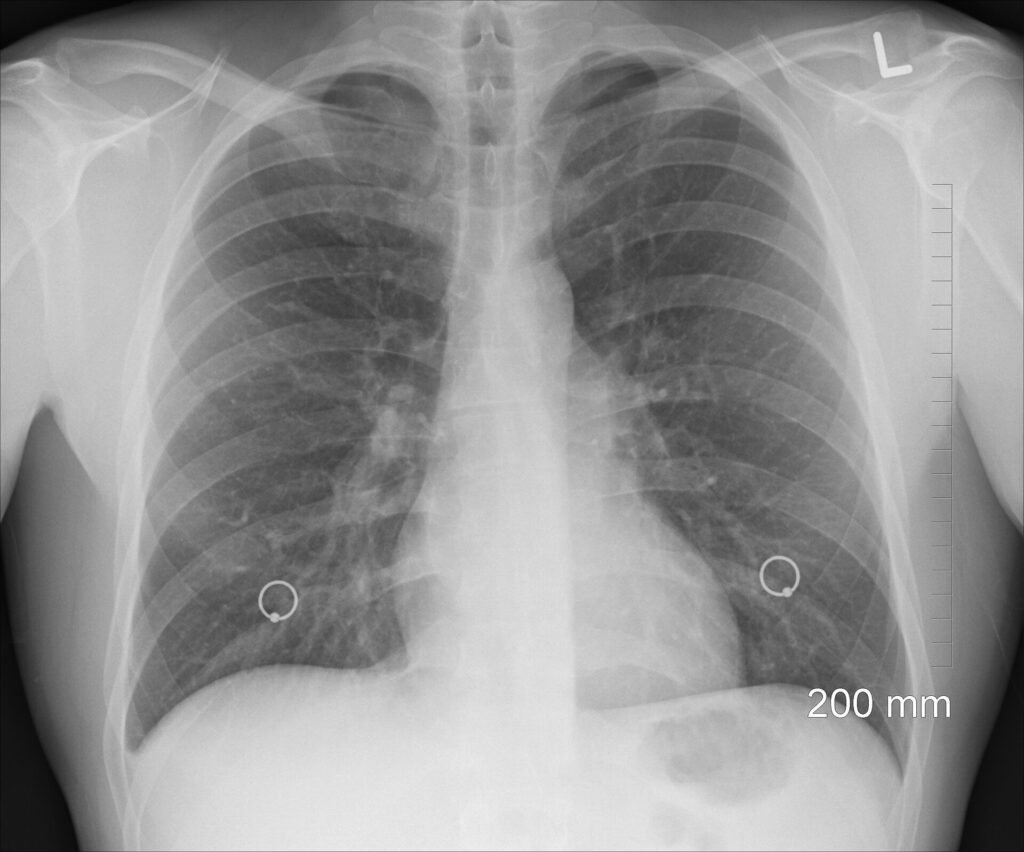Lung cancer screening is a crucial tool in detecting this deadly disease early and potentially saving lives. Despite recommendations for screening in the U.S. for certain individuals with a history of smoking, only 18% of eligible individuals actually undergo screening. A recent study published in the prestigious journal JAMA, conducted by researchers at Mass General Brigham, sheds light on the reasons behind this low screening rate.
The researchers analyzed data from the 2022 U.S. Centers for Disease Control and Prevention Behavioral Risk Factor Surveillance System and focused on 28,483 individuals aged 50 to 79 who were eligible for lung cancer screening. Surprisingly, they found that while only 17–18% of eligible individuals received lung cancer screening, a much higher percentage—65%—received breast and colorectal cancer screening. This stark difference suggests that the issue may not lie in resistance to preventive healthcare among eligible individuals.
Lead author Alexandra Potter, a researcher at MGH, commented on the findings, stating that the data indicate a willingness among eligible individuals to receive preventive care services. The study highlights that factors other than resistance may be contributing to the low rates of lung cancer screening. These factors could include challenges in determining eligibility for lung cancer screening, which is more complex than criteria for breast and colorectal cancer screening. Additionally, difficulties in accessing lung cancer screening clinics may be a significant barrier for high-risk individuals.
The researchers concluded that many individuals who qualify for lung cancer screening are already engaged in preventive care, indicating a need for interventions to raise awareness about lung cancer screening and eliminate barriers preventing high-risk individuals from getting screened. Senior author Dr. Chi-Fu Jeffrey Yang emphasized the importance of community efforts to improve awareness and address existing obstacles to lung cancer screening.
The study’s authors from Mass General Brigham include Alexandra L. Potter, Soneesh Kothagundla, Chinmay Haridas, Allison E.B. Chang, and Lecia V. Sequist. Their findings underscore the urgent need for collaborative efforts to increase awareness and accessibility to lung cancer screening among high-risk individuals.
For more information, the study titled “Preventive Health Care Use Among Adults Eligible for Lung Cancer Screening in the US” was published in JAMA in 2025. The DOI for the study is 10.1001/jama.2025.2157. Additional details can be found at jamanetwork.com.
In conclusion, the study highlights the disparity in screening rates for lung cancer compared to other cancers, emphasizing the need for targeted interventions to bridge this gap. By increasing awareness and addressing barriers, we can potentially save more lives through early detection of lung cancer.
This article was provided by Mass General Brigham, a leading healthcare system focused on advancing medical research and providing high-quality care to patients. For more information about their work, visit their website at massgeneralbrigham.org.


